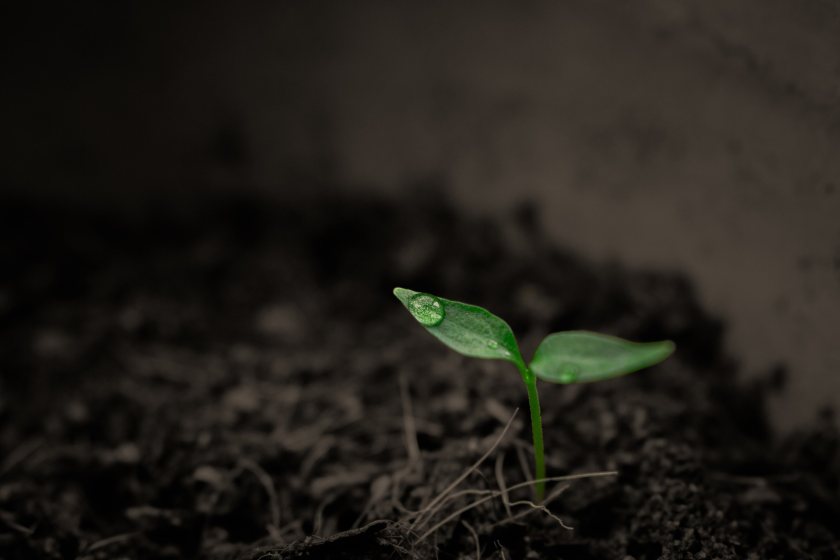
Using robotics will be able to identify problematic soil drastically quicker, according to new research by UK scientists.
The study looked at a multi-robot simulation that could act as an alternative to time-consuming and costly manual methods of soil sampling.
It consists of a system of robots working in conjunction to collect and analyse soil penetration resistance data to create a map displaying where soil compaction is significant.
If successfully integrated, researchers say that speedier soil compaction mapping could enable areas of high soil density to be treated sooner and less wastefully.
High soil density with low porosity, known as soil compaction, is harming UK crop yields and having a damaging effect on the environment.
The new research, let by Laurence Roberts-Elliott, postgraduate research student at the University of Lincoln, shows that multi-robot mapping identifies areas of high soil density.
The method allows these parts of soil to be prioritised, instigating a significantly quicker improvement to the overall land quality.
Sampling high-resolution soil compaction data to inform operations can also be time-consuming and expensive, the study notes.
But multi-robot soil compaction mapping could offer a more efficient solution, however effective coordination of robots for this task has not been researched until now.
Mr Roberts-Elliott said: "Soil compaction has serious negative effects on the yields and nutritional value of crops and increases the emission of greenhouse gases from soil.
"Field-wide land management to address this can be expensive in labour, time, and fuel costs and wasteful compared to more precise and localised land management.”
The 2-D simulation presented in his study dynamically creates and allocates multiple sampling tasks to the robots while maximising the information received from each sample to significantly increase the overall efficiency of the process.
The low complexity when compared to 3-D simulations means that experiments can be conducted very quickly.
Mr Roberts-Elliott added: "Our lightweight multi-agent simulation has allowed for rapid experimentation to quickly discover and develop effective methods of task allocation and dynamic sampling for multi-robot soil compaction mapping.”
To ascertain whether it would be possible to introduce the system into agriculture practices, Mr Roberts-Elliott confirms that the method will be tested in more realistic simulations and real-world experiments.
